Head of a Swiss incinerator: ''I've worked at the plant for already 30 years and would have been dead by now''
Details of the trip of journalists at the invitation of AGK-2 to a Swiss plant for waste incineration
The investor of the Kazan incinerator plant AGK-2, as promised, took everyone to Switzerland to demonstrate the incinerator plant in action and prove that it is safe. The opponents of the construction of the plant, as planned, ignored the trip. Therefore, the activities of the plant between Zurich and the small town of Lucerne was studied mainly by journalists, one deputy and doctor of medicine. The incinerator works on technologies similar to those that will be used at the plant in Tatarstan. The correspondent of Realnoe Vremya walked through the Swiss plant, burning 12,5 tonnes of waste per hour, and made sure that the plant does not blacken the sky with smoke. Read the details of the trip in our material.
Prehistory
Last week, the company AGK-2, which plans to build an incineration plant in Osinovo, took journalists to the already sensational press tour to Switzerland, so that they could personally see the other, operating incinerator plant on similar technologies. In addition to the plant itself, the delegation also visited a large sorting station.
The delegation, in addition to representatives of the company, included eight media representatives, as well as Deputy of Osinovskaya rural settlement Sergey Filippov and doctors of medicine, director of the Scientific-Diagnostic Centre at the Kazan State Medical University (KSMU) Lenara Rashitova. Representatives of the initiative group, opposing to the construction of the incinerator plant, were repeatedly invited to the press tour, but in the end none of the activists went.
Switzerland and incinerator plant
In total, there are 30 waste incineration plants in Switzerland, half of which are located in populated areas. Incineration plants belong to the communes (administrative unit, part of the canton) and are administered by associations of communes or joint stock companies. In the city of Thun, the incinerator plant belongs to AVAG JSC, which includes 149 communities. Their plant burns waste produced by 320,000 people.
PhD, former head of the Waste Management Division at the Swiss Agency for the Environment, Forests and Landscape (SAEFL) Hans-Peter Fahrni said that not everyone in their city favours the information about the construction of the incinerator plant. Someone just agrees, and someone is afraid. The second category of people are reassured, showed positive experience of such plants, explained that they can make measurements of air quality and personally make sure that the company does not cause harm. At the federal level, a special laboratory is engaged in measurements, which controls the emission of gases at the waste incineration plants.
Nevertheless, disputes with local residents still arise. For example, before the construction of an incineration plant in the Swiss city of Thun they had to go through long negotiations with the local population — people believed that it was necessary to reduce the capacity of the enterprise.
''The opposition said that if we built a too large factory, then they would reduce the volume of processing, for example, of plastic bottles. Therefore, it was decided to establish the capacity of the factory at 130,000 tonnes per year,'' said Hans-Peter Fahrni.
In general, in Switzerland, a little more than 50% (355,1 kg per person per year) of municipal solid waste is sorted and recycled. A smaller part (353 kg per person per year) goes into the waste heat boiler. It would seem that with the built system of waste sorting, and it works more than well in Switzerland, it would be possible to recycle more waste, but 50% is considered to be very high rate.
Residents pay for the disposal of waste themselves. In the country, for more than 80% of the population there is the principle of ''the polluter pays''. It assumes that in addition to the basic tariff, people pay tax for a bag of waste. For example, a special bag for 5 kg of garbage costs 1,5-2 Swiss francs (94-125 rubles). If you do not follow the rules, violators face large fines.
One plant ''feeds'' with heat the entire town
There are two incinerators in the district of Zurich. The first was built in the city centre in 1904, later it was modernized. The journalists were taken to another incinerator plant, which in 2015 started its operation in Perlen – the settlement near the city of Lucerne, which is 40 minute away from Zurich. The plant is called Renergia and its operation is carried out by the company that bought the technology from the Swiss-Japanese conglomerate Hitachi Zosen Inova AG — Renergia Zentralschweiz AG. As CEO of the plant Ruedi Kummer said, Hitachi once a year comes with an inspection at Renergia and the plant does not operate during a week — the owner of the technology checks whether they are properly operated. The similar practice is planned to apply in Kazan.
The construction of the incinerator cost 320 million Swiss francs. Hitachi Zosen Inova AG was engaged in the installation of complex combustion system, boiler and flue gas cleaning system. In a year, the incinerator is able to process 200,000 tonnes of solid waste on two lines. On average, 12,5 tonnes of waste is burned there per hour, the maximum possible amount of processing per hour is 15,6 tonnes of waste. The electrical output power is 67,8 MW of electricity. For comparison, in Kazan it is planned to build a plant with a capacity of 550,000 tonnes annually with an energy output of 55 MW. It is planned to sell it to large consumers in the market.
The Swiss plant provides energy from waste incineration for the whole Lucerne (80,000 inhabitants) and the technological process of the paper mill in the neighbourhood. With the latter company they have an agreement on the provision of energy at 50% below cost — all because of the fact that it is a shareholder of the incinerator plant. If we do not consider this particular case, the CEO of the enterprise recognizes that the energy produced by the burning of waste is more expensive than traditional ways of power generation.
There is waste but no smell
During the tour around the plant, the delegation was divided into two parts for convenience. Our group was guided by the technical project manager at Hitachi Zosen Inova AG. First, he showed the room, where almost all the processes are controlled — in front of many screens there was only one employee. On the cameras he can see how the trucks bring the waste and dump it in special bins. By the way, there is no unpleasant smell — due to the fact that air is taken for burning.
''That is why the gates, where the garbage is delivered, are always ajar for the air to burn. Air suction is constant here, in the room itself the pressure is reduced compared to atmospheric. Thanks to this, the air comes inside and not outside, and there is no dust or smell,'' says the representative of the company.
In the first bin, huge cranes mix the waste for better combustion and send everything to the loading hopper. By the way, private companies also pay for waste disposal — depending on the amount of waste. If they bring to the plant, for example, a bath or a piece of log to be recycled, and the employees of the enterprise saw them in a mountain of garbage, improper garbage is removed from the waste, and the company faces a warning or a fine.
But let's get back to the recycling process. In the first hopper, sometimes there may be a fire of debris, and in this case, the extinguishing system is automatically turned on. According to the technical project manager, it is rare case, but still happens — usually in the compartment for grinding, in which, for example, a spark may occur from metal.
At the same time, radioactive elements will not pass to the boiler – they are detected by the sensor and employees are informed. Chemical waste do not get there at all — every supplier knows about it. But if suddenly there was a mistake and such waste still comes — for example, batteries, the company that brought them, again, faces a fine.
Five degrees of separation efficiency and regular inspections
The representative of the company explained how the cold climate and ice formed as a result of sub-zero weather can affect the waste recycling. Actually, they do not affect. After collection, the waste is heated and dried. Thus, wet waste can be burned, but can not be recycled.
The whole technological process in the Swiss incinerator is actually complicated, but we will focus on its main aspects — on the degrees of separation efficiency. The plant has five degrees of gas separation efficiency (in Kazan they will be three). There will be no electrostatic filter in Tatarstan — it is the preliminary stage of flue gas cleaning (it allows to separate fly ash). If the ash is mixed with slag, this cleaning stage is not required. The technical project manager does not see the problem that this cleaning stage will not be in Tatarstan, explaining that in Switzerland there are very high requirements, and it is necessary, first of all, for their compliance, but the installations function safely without it as well.
The electrostatic filter is followed by the injection of sodium bicarbonate, which is necessary for the separation of acid pollutants. It is followed by the first bag filter, selective catalytic restoration to reduce nitrogen oxides and the second bag filter. Let us remind that in Kazan there will be the following degrees of cleaning: in the first stage nitrogen oxides and nitrogen dioxides interact with carbamide, thereby decomposed into nitrogen and water. The second stage involves dry treatment, after which the gases pass through bag filters.
From the received slag after combustion at the Swiss plant then another non-ferrous metals are ''fished'' — from one tonne of material, on average, about 80 kg of nonferrous metal is extracted. This slag is no longer dangerous or harmful to the environment. In other countries, it is used in the construction of roads, but in Switzerland it is not, preferring to dispose it — again, because of very high requirements. In Kazan, it is planned to treat the ash residues by the British technology Carbon 8. At the Swiss plant, by the way, it is not used, although experts have heard about this method of disposal.
On average, one tonne of waste accounts for 200 kg of harmless slag and 1-2% of toxic ash at Renergia. The latter in Switzerland is disposed separately, but in some countries mixed with slag and disposed together.
After gas cleaning, Renergia takes automatic sample and each month they do a report that is submitted to regulatory authorities. Any excess of limit parameters to representatives of plant needs to be proved. If it occurs within 4 hours, the plant is automatically turned off.
''They explained us everything, and after that we had no prejudice''
From the outside, the incinerator does not look like an industrial enterprise. The large building without any gray smoke coming from the pipes is more like an office of some company. To the left of it, just a few dozen metres away, there stands alone farmhouse, behind which there is a corn field. In this house there lives Balthazar Petermann. The programme did not include a visit to him, but journalists in search of the opinions of local residents went to get acquainted with the Swiss man.
He said that he was born and has lived in this place all his life. All stages of construction, from the first stone to the start of operation of the incinerator the farmer watched from his home. The man noted that many local residents were worried about the construction of the enterprise, but after a visit to a similar plant in Thuna, their fears were dispelled.
''Many residents here were skeptical about the construction of this plant. But recently the plant in Thuna was built, we were there, talked to locals, visited plant — they explained us everything and after that we had no prejudices,'' the farmer shared opinion.
According to Balthazar Petermann, he does not hear any smells from the plant, but sometimes there are sharp changes in the weather, and then there is a faint smell of waste, but it does not give him concern. He said that on the farm, in addition to corn, they plant rapeseed and keep horses with goats.
''I believe that this is a very modern factory with modern equipment that cleans gases. Therefore, I have no prejudice or fears,'' Balthazar Petermann said.
''We have grown up with this, so we even find it hard to understand why people have such a fear of factories''
Renergia CEO Ruedi Kummer calls prejudice the fact that the incinerator produces many dioxins and other harmful substances. According to him, the usual fire produces more dioxins than similar plants. In particular, this plant produces 0,0000005 mg of dioxins per year.
''We have grown up with this, so it's even difficult for us to understand why people have such a fear of plants. I've been working on it for 30 years and I would have been dead by now. Thirty years ago, they said, ''Oh, put it away from us.'' But today people say, ''You can put this kind of installation in the middle of the city, or at least, on the outskirts.'' That is here we have clients — consumers of energy,'' the speaker told.
By the way, according to him, Renergia due to the high automation employs slightly more than 30 people — they continuously undergo medical examination, which shows no abnormalities.
''There are such plants in Bergen. In Norway — also right in the middle of the city. Or, for example, in Paris, Vienna, Copenhagen, Amsterdam, Dublin. Why not Kazan? If they really were harmful as rumour has it, everyone in the district would have been dead already,'' the director of the incinerator states.
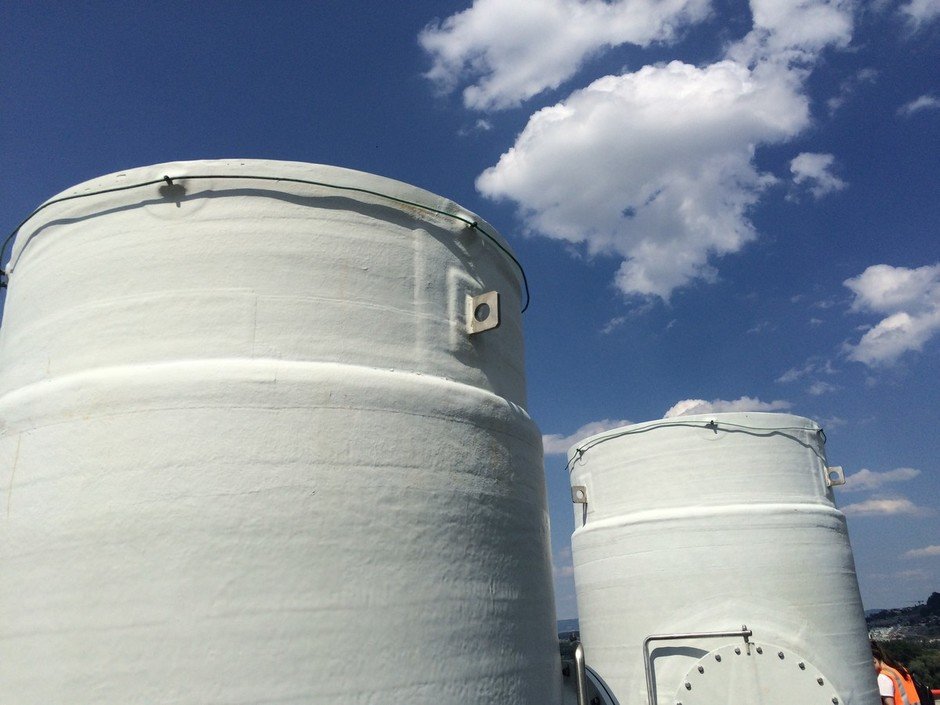
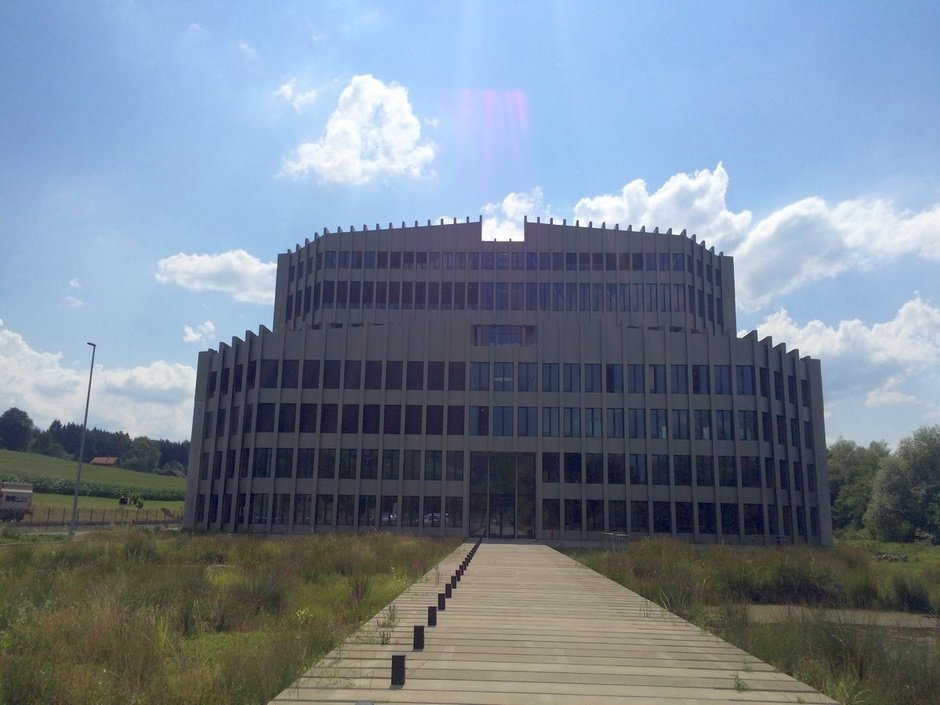
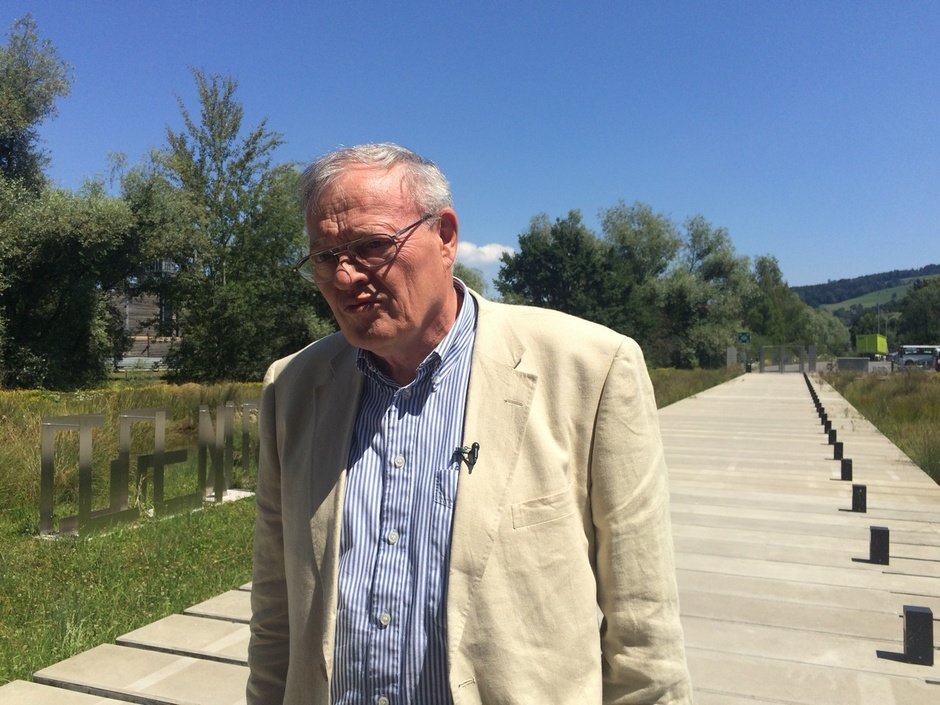

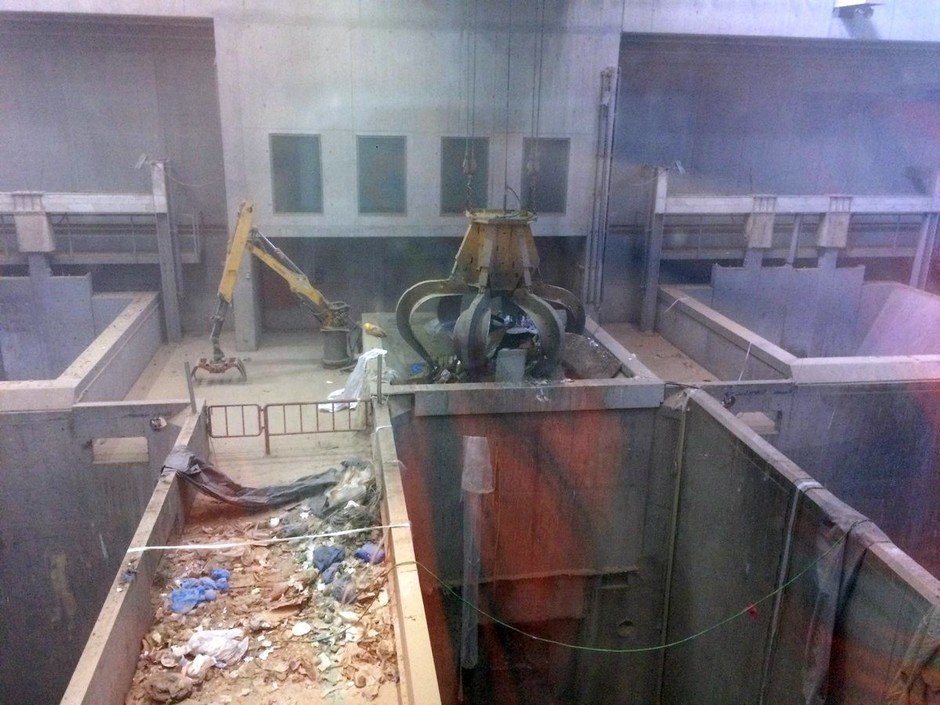
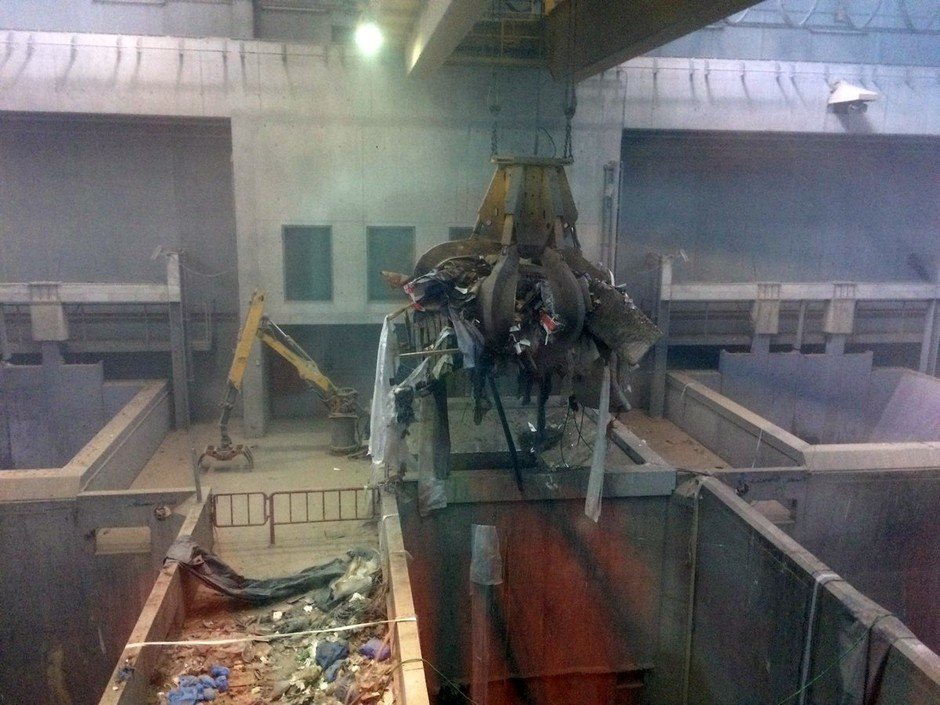
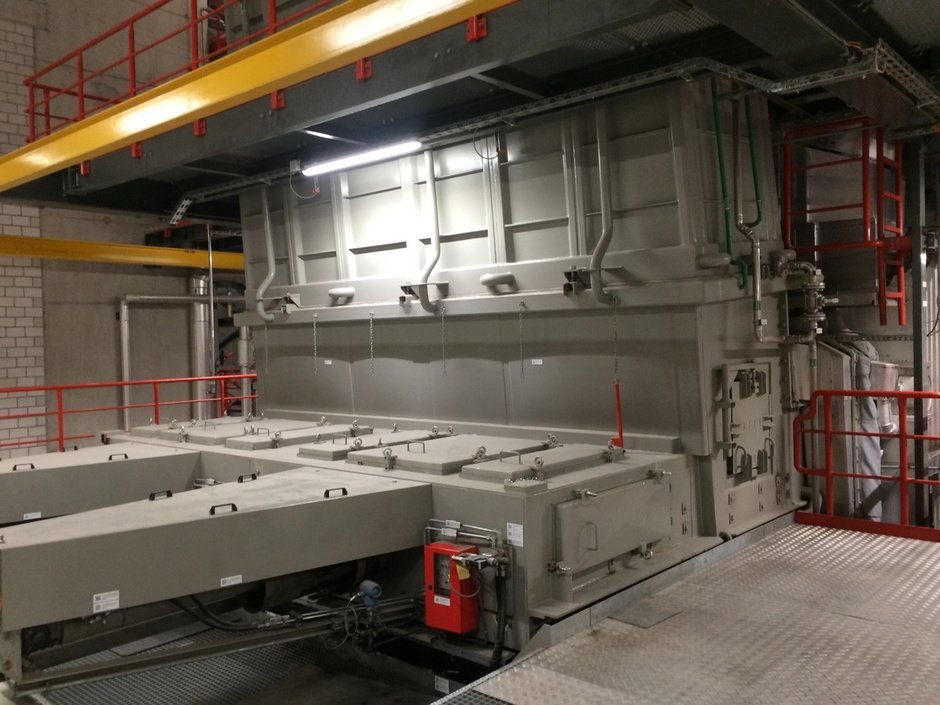
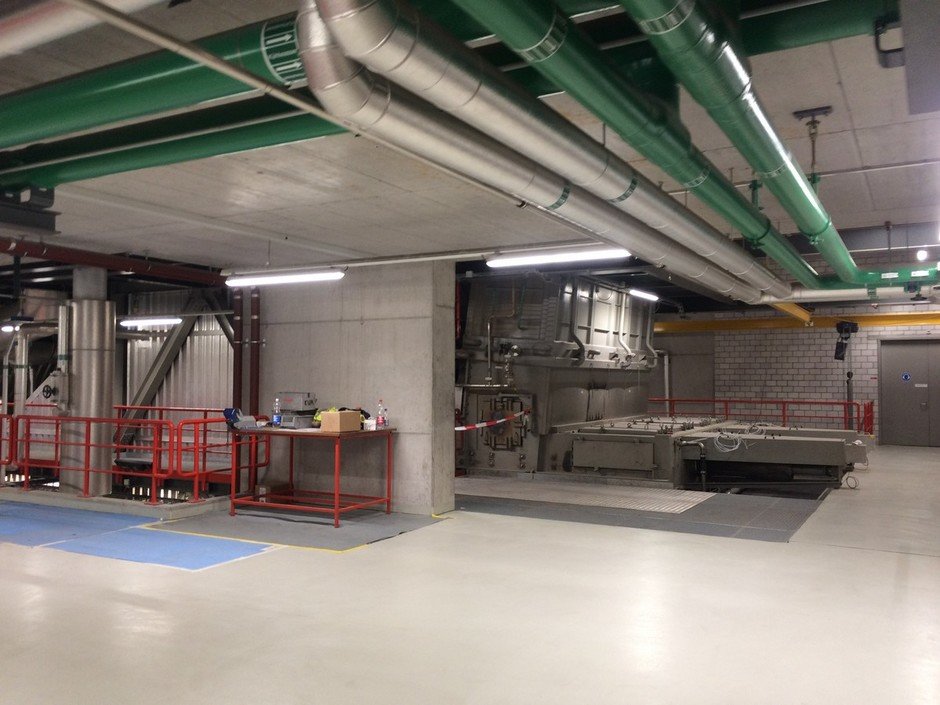
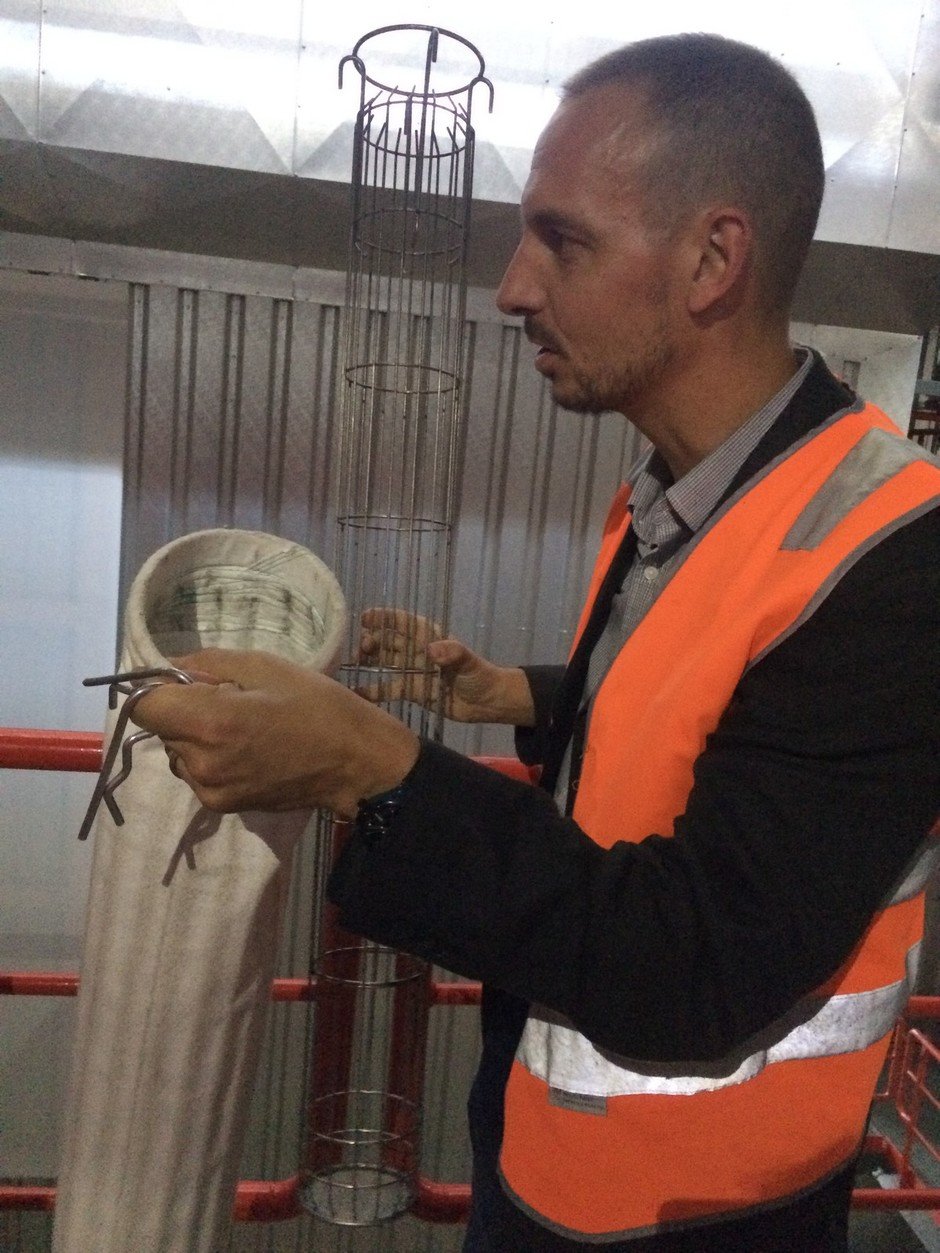
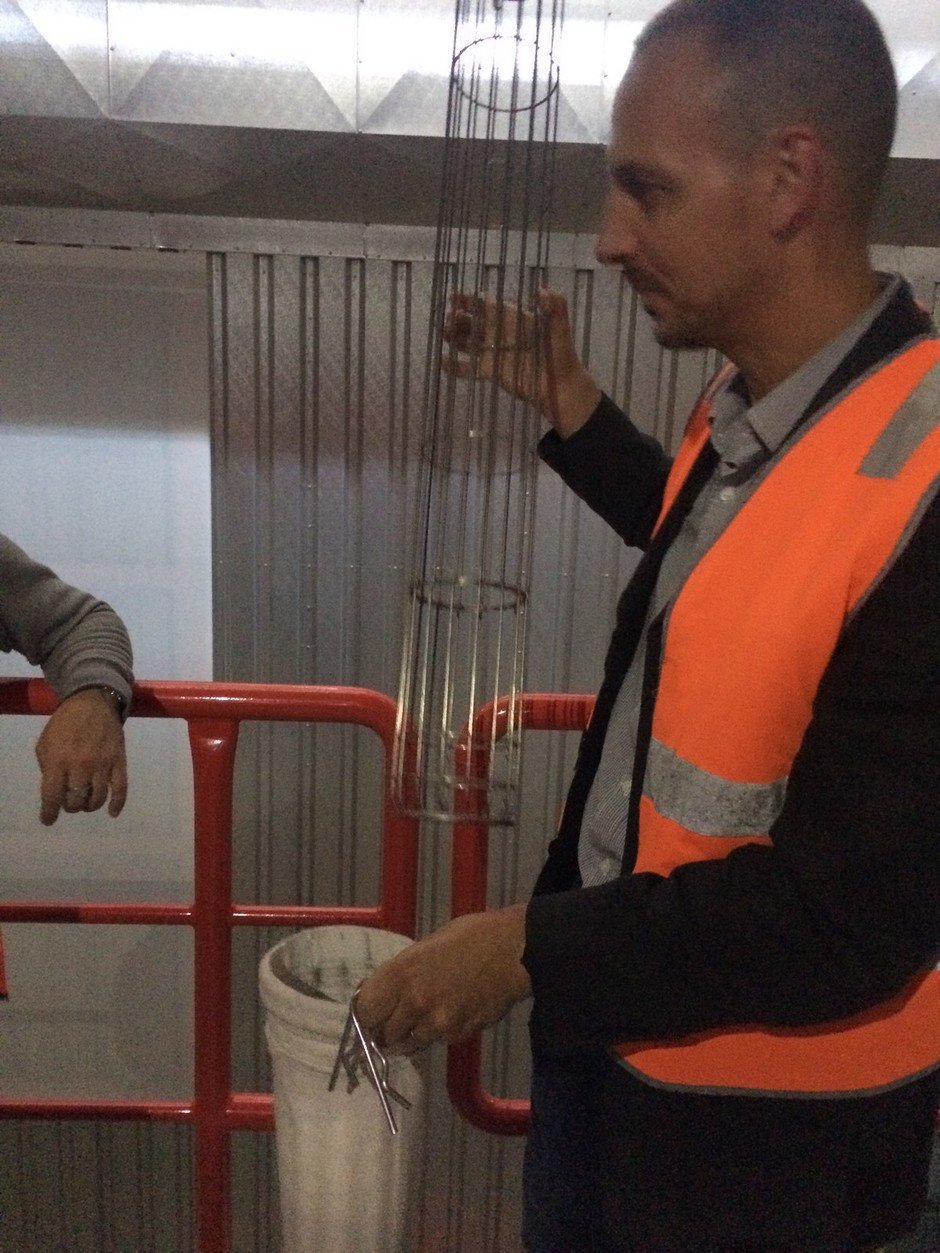

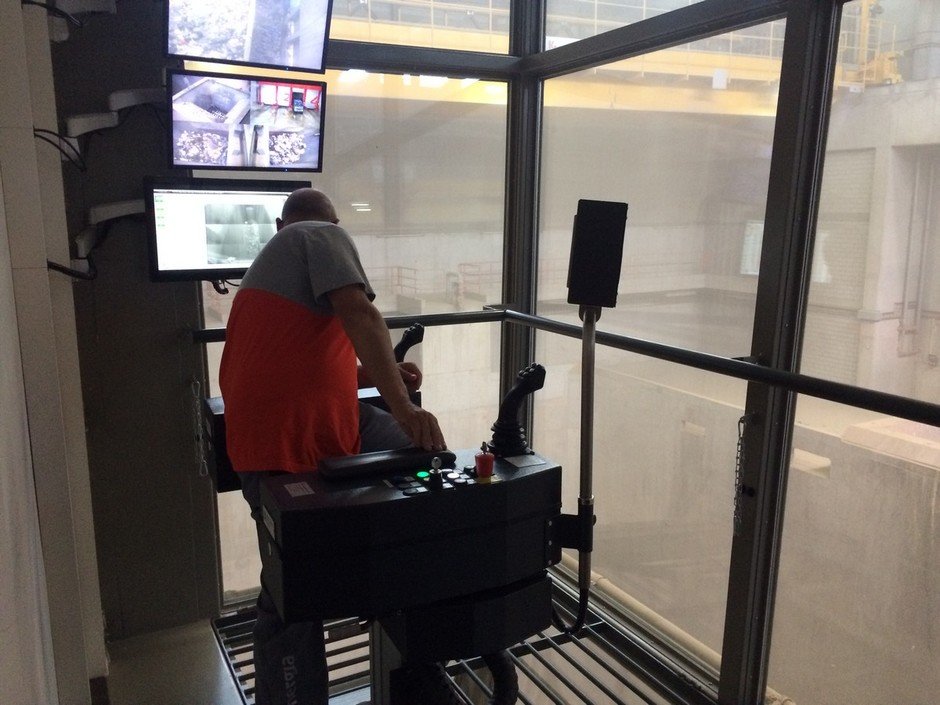
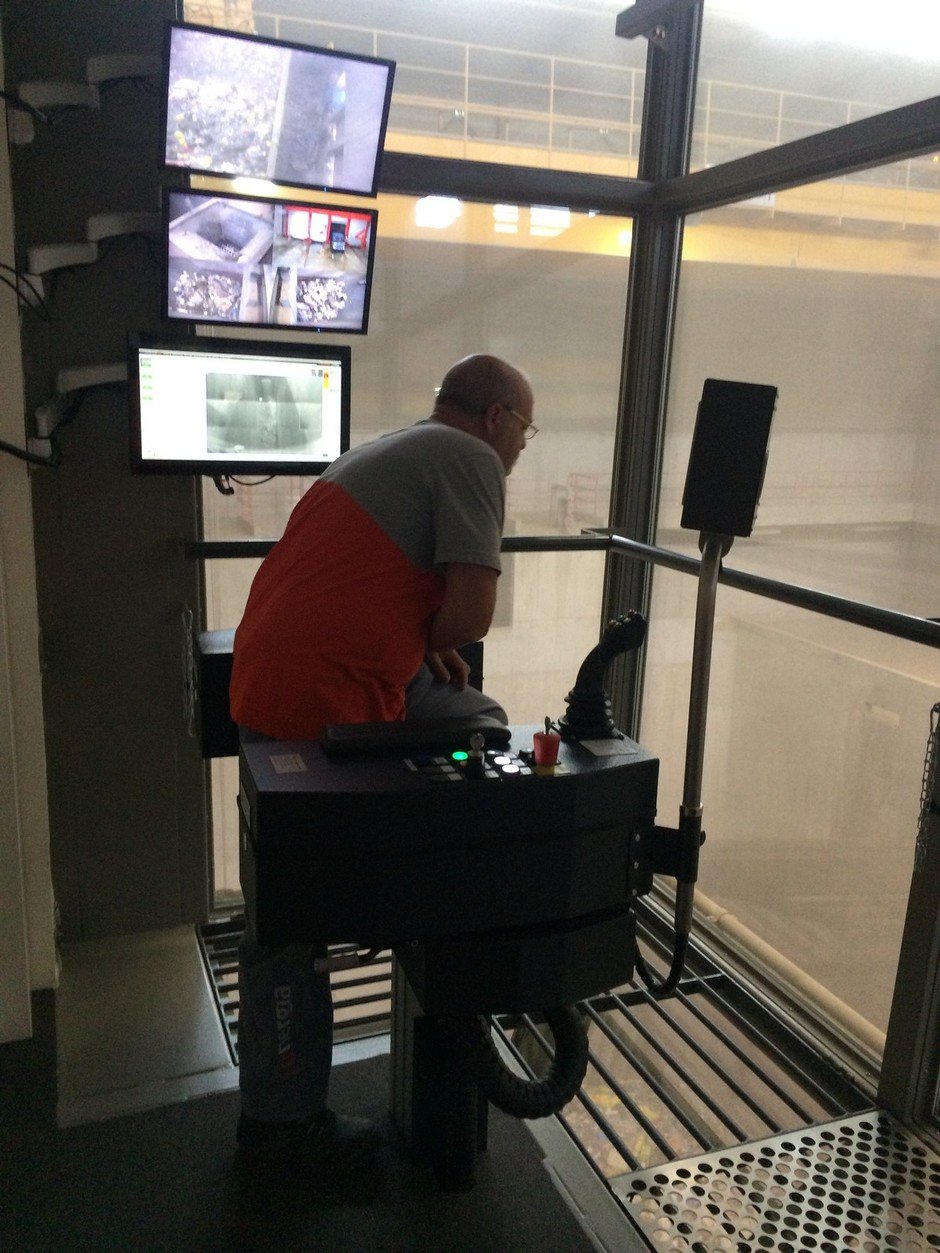
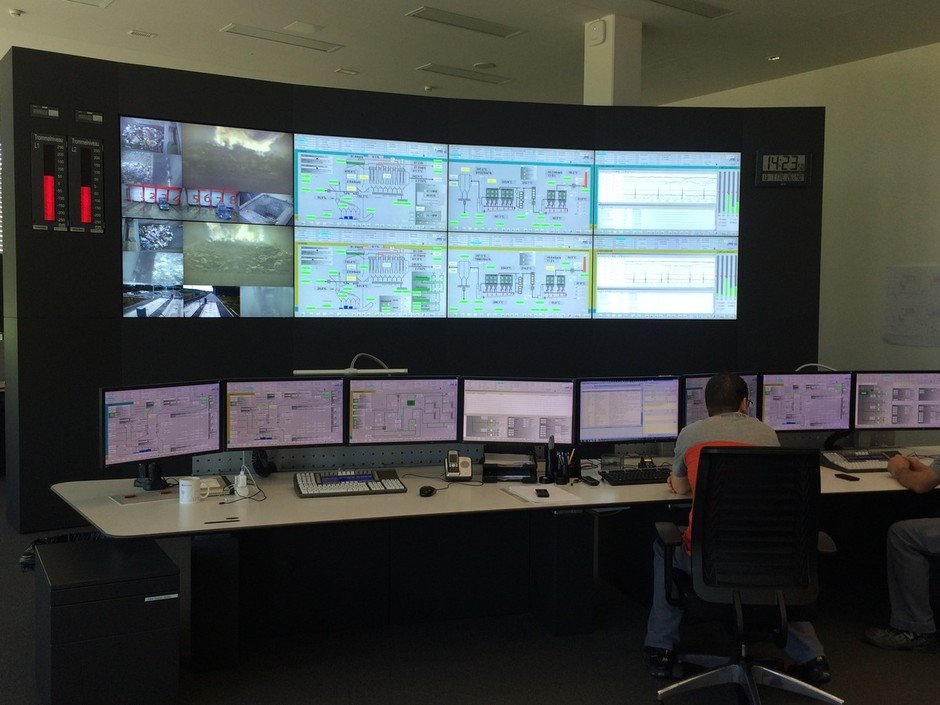
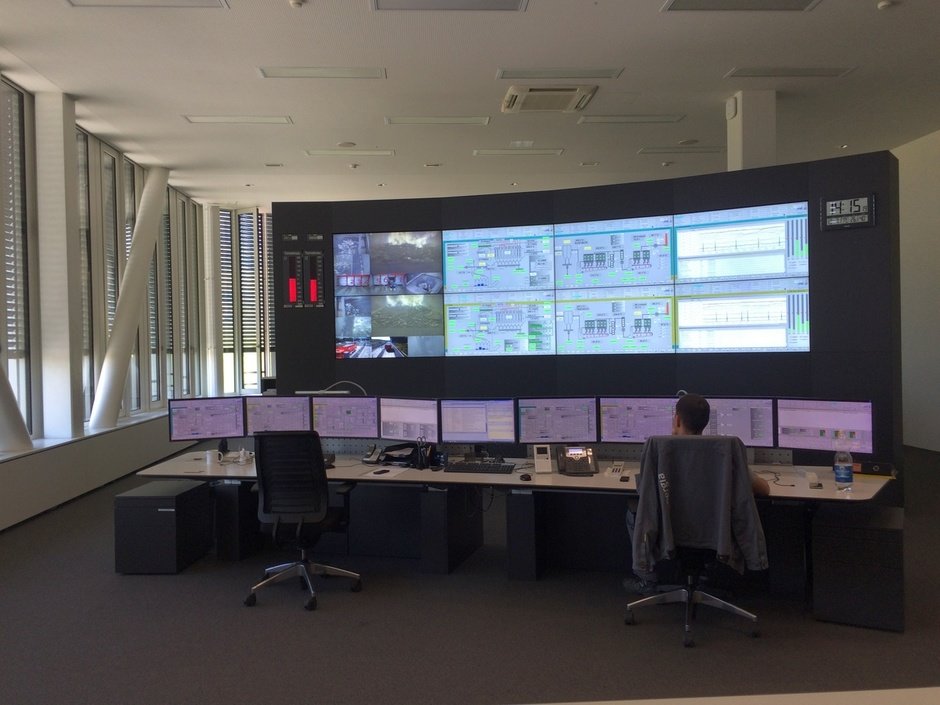
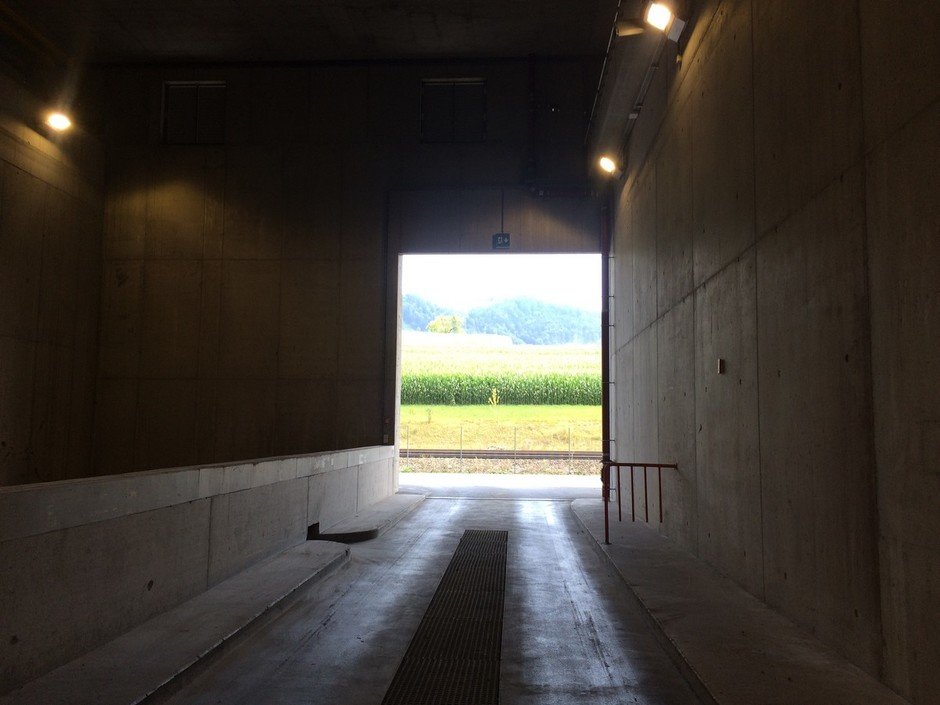
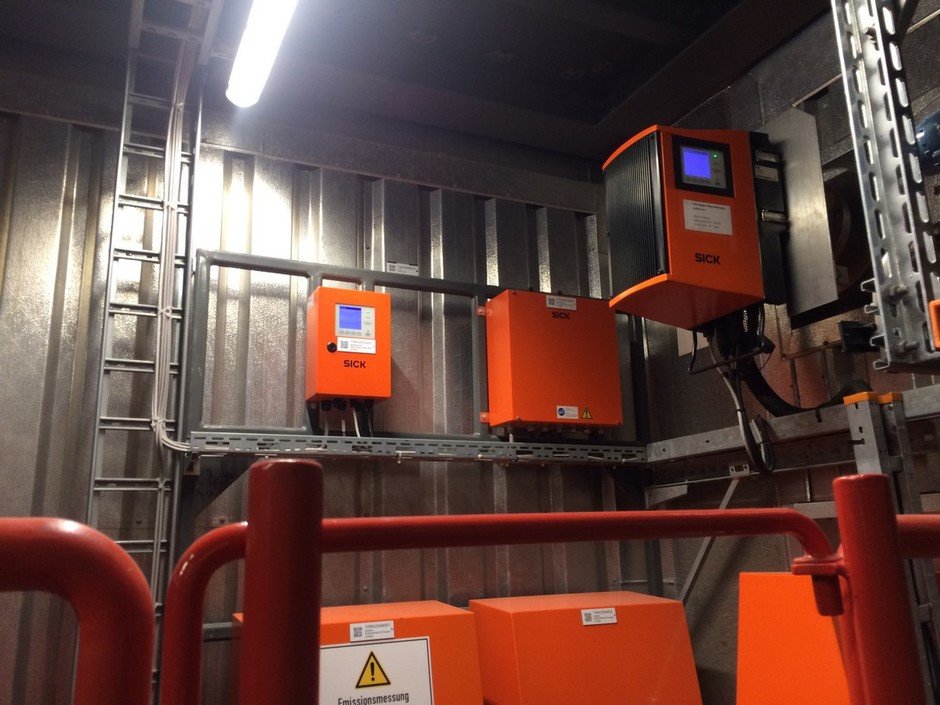
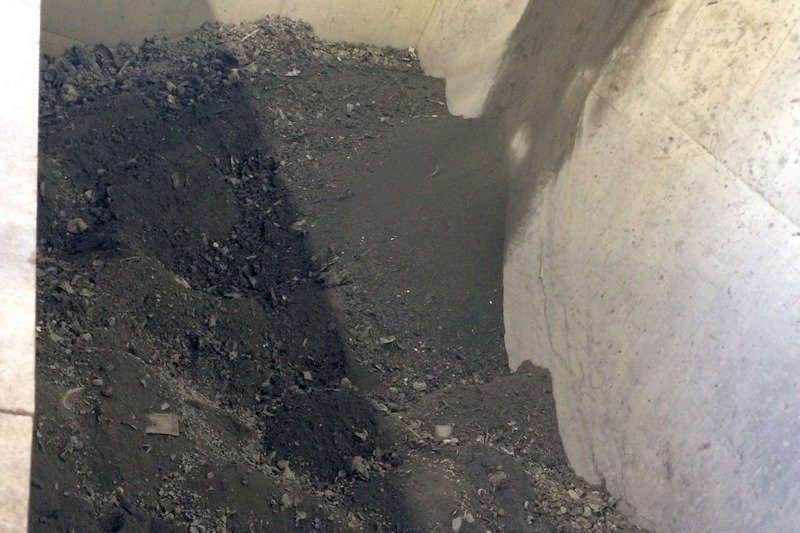
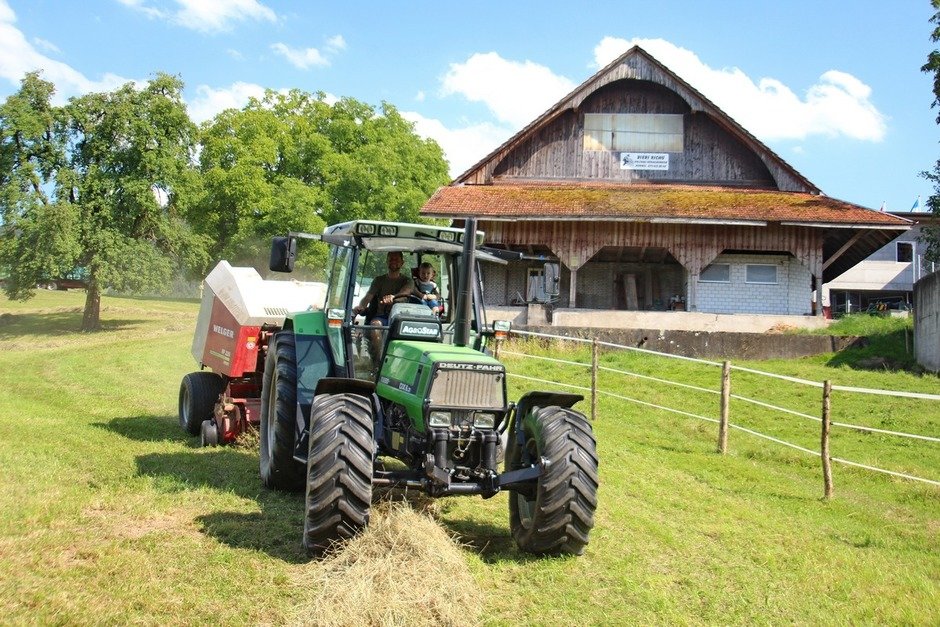
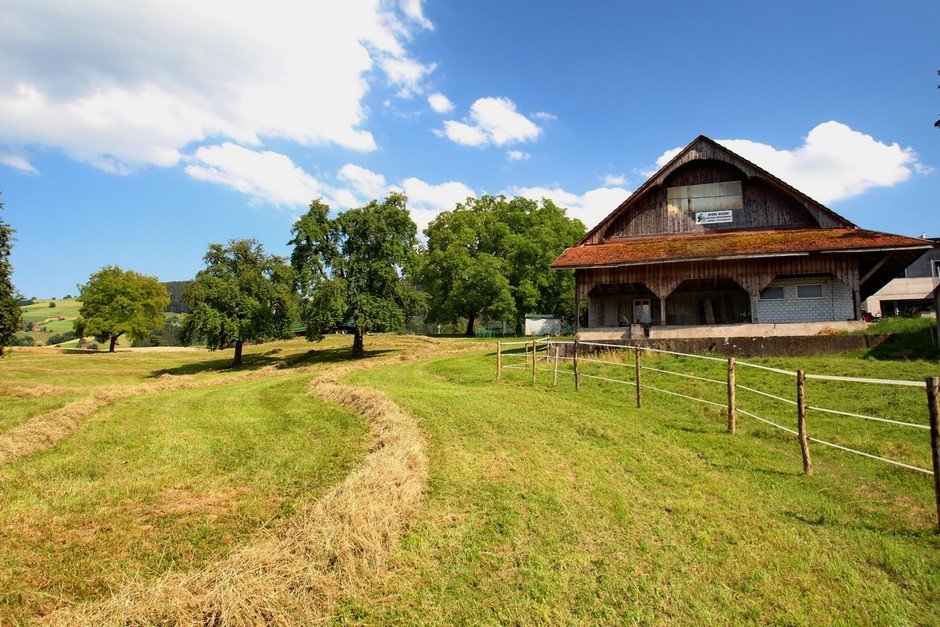
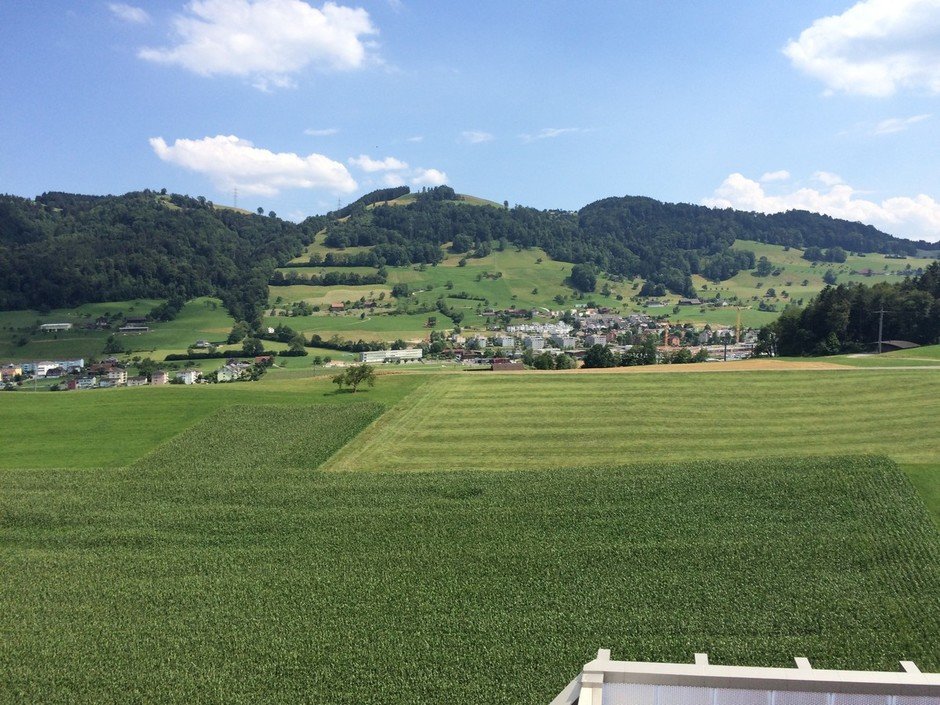
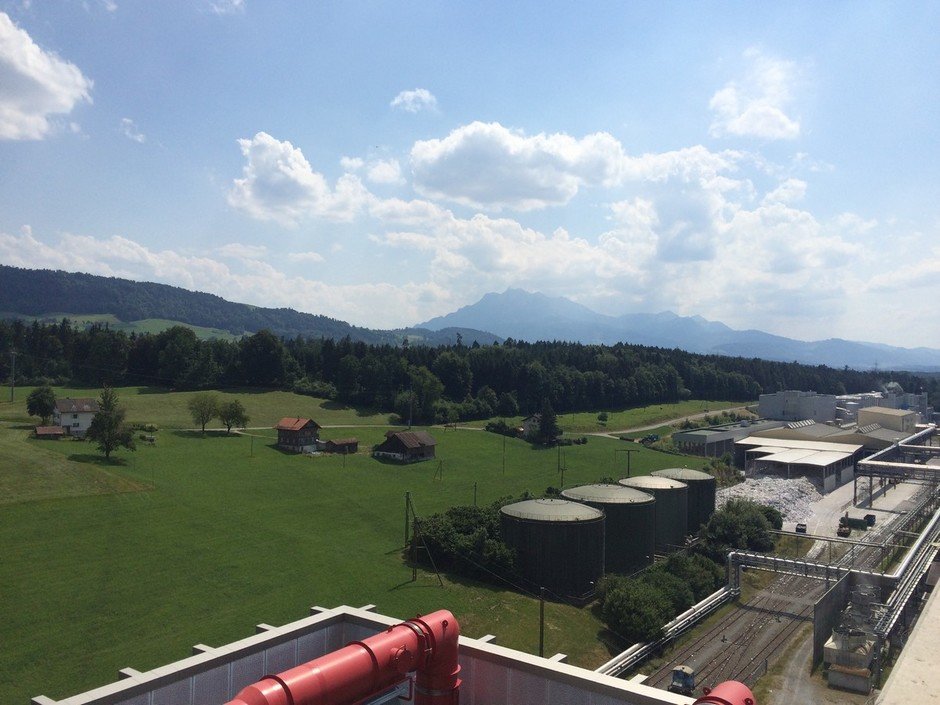
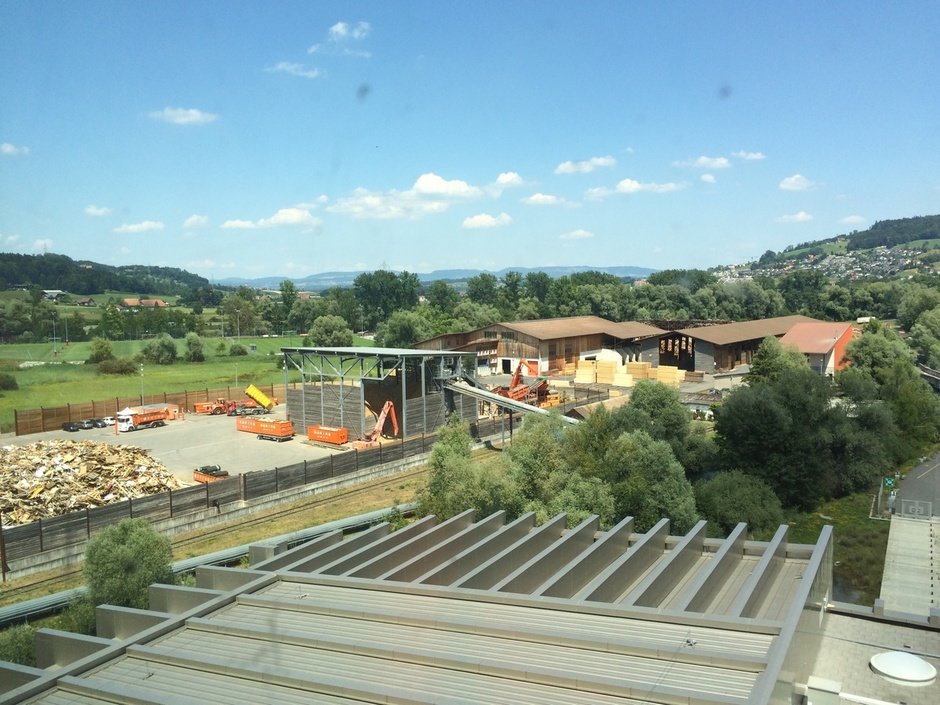
- What is released into the air after combustion
- The incinerator plant
- The unit receiving waste
- The unit receiving waste
- The unit receiving waste
- Bag filter and our guide
- Bag filter and our guide
- Crane control for waste mixing
- Crane control for waste mixing
- A farmer living next to the incinerator
- The farm near the plant
- Paper mill